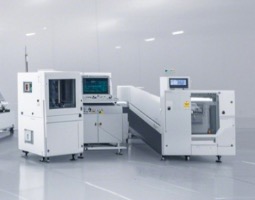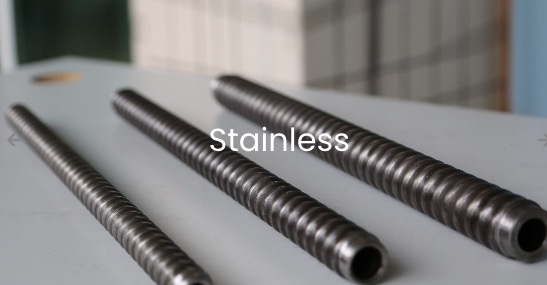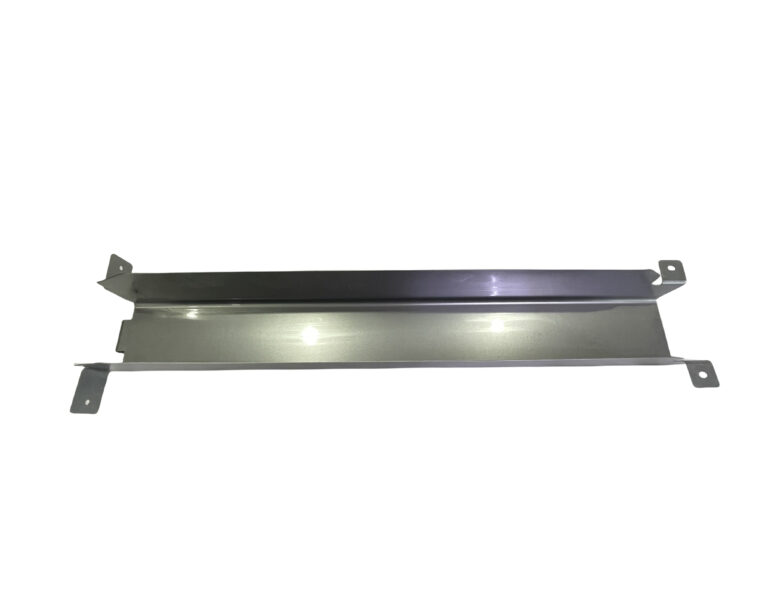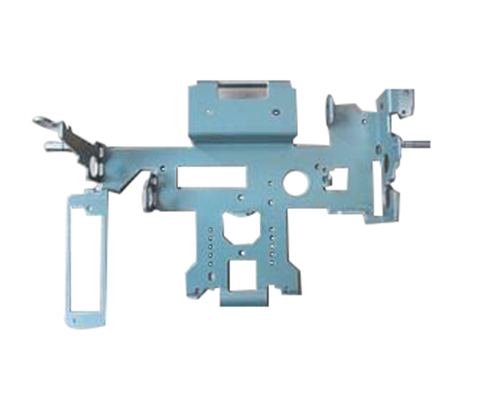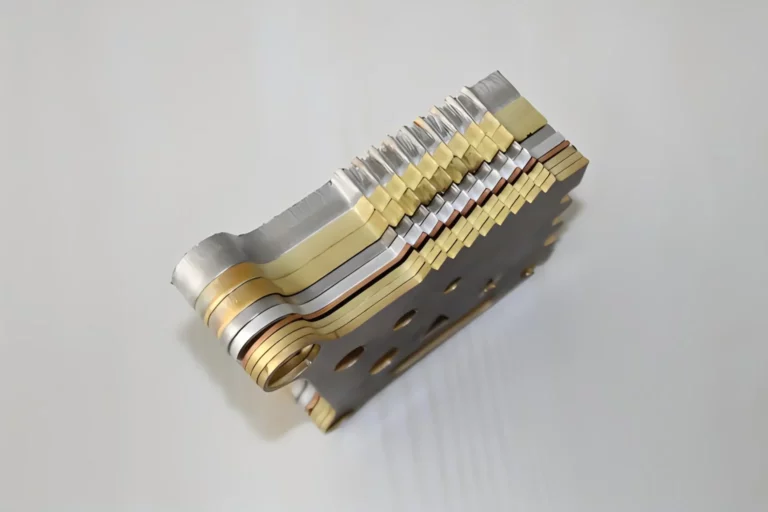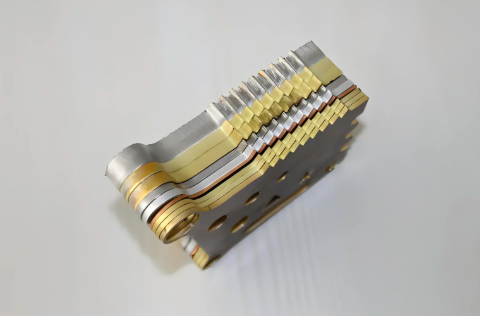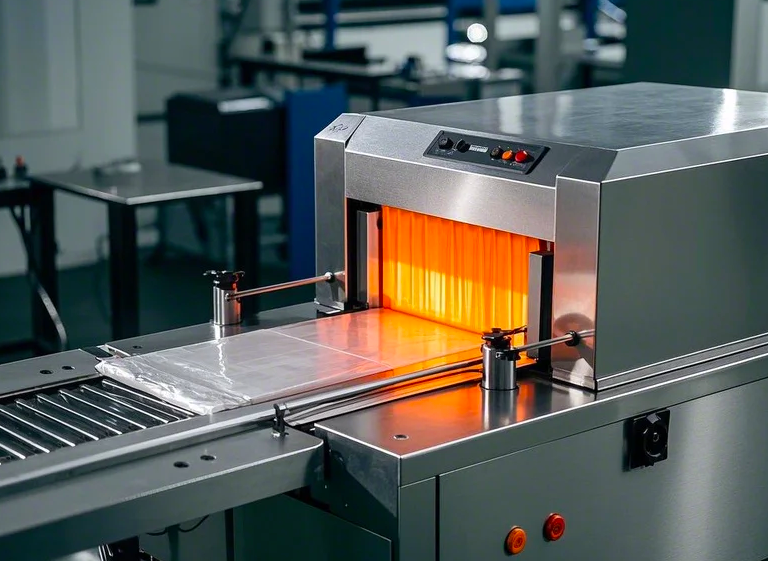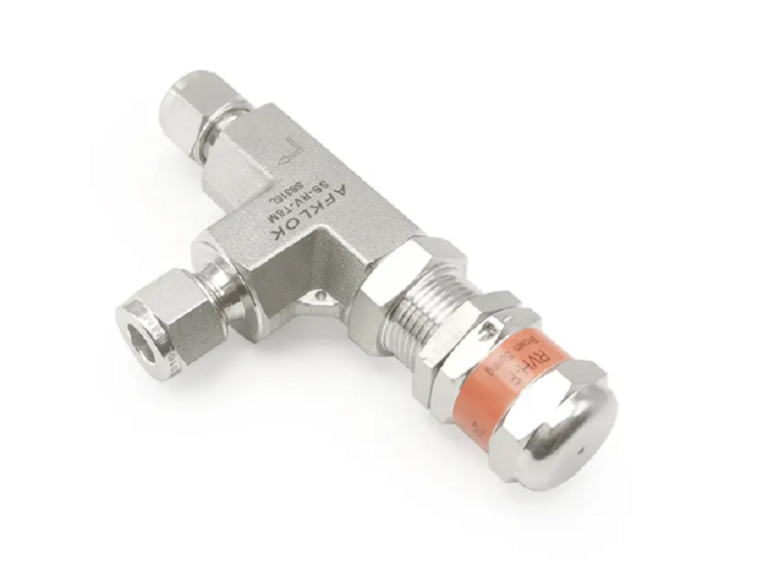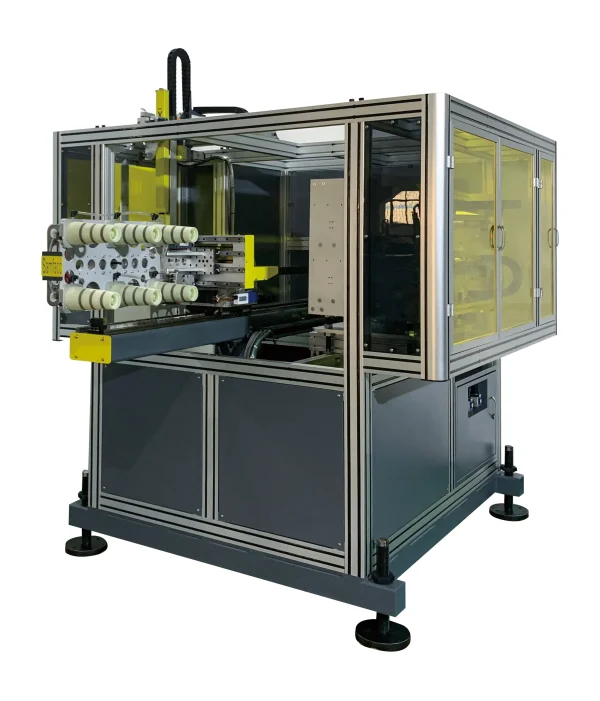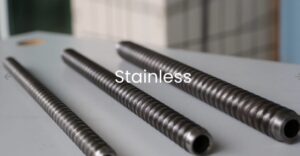Table of Contents
In a world where industrial operations are rapidly increasing, precision and efficiency are key. The industrial infrared thermometer is a revolutionary tool that can be used across multiple industries. Join me as we take a look at the Industrial infrared thermometer.
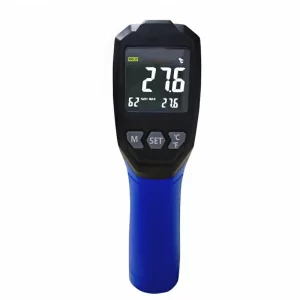
HOW DO THEY WORK?
All objects emit infrared based on their temperature. If an object is hot then the object will have more infrared emissions than a cold object. The thermometer has a lens that focuses the radiation to a sensor then the sensor converts the radiation to an electrical signal. The signal is usually directly proportional to the amount of infrared radiation received from the lens. The thermometer contains a microprocessor that converts the electrical signal into a temperature reading, which is then displayed on the device’s screen.
WHERE CAN THEY BE USED?
An Industrial Thermometer is an indispensable tool that can be used across various industries. Some of them are:
Manufacturing:
The Industrial thermometer can be used to monitor the temperatures of machinery and equipment to prevent machines from slowing down or mechanical failure as a result of overheating. The thermometer will mainly be used in this instance to ensure that the machine runs at optimal temperature
Automotive
Here the thermometer can be used in maintenance to monitor the temperature of the engine and its components. Ensuring that the vehicle operates within the safe required limits. During manufacturing the industrial thermometer can be used during quality control to check the temperature of the parts being assembled, ensuring they meet the required standards.
Food Processing
Infrared Thermometers are important and crucial in the Food industry to monitor food temperature. They can also be used to check the temperature of storage and cooking areas to ensure food safety and compliance with health regulations.
Research and Development
Infrared thermometers can be used in laboratories and R&D facilities for fast and precise temperature readings and in experiments.
Shipping Industry
Industrial infrared thermometers can be used in shipping industries to monitor cargo temperature, they help ensure that the cargo remains within the required temperature range especially perishable or hazardous materials.
ADVANTAGES
Here are some of the advantages of using an Industrial infrared thermometer.
Non-contact
Industrial Infrared thermometers can measure up to 10 feet easily without having to make any form of direct contact with the subject, this makes them safe and hygienic to use. You can avoid risks of burns or injuries when measuring hot surfaces or even improve hygiene by avoiding contamination of surfaces, equipment or even food.
Speed Efficiency and Reliability
Industrial infrared thermometers give you instant accurate readings. It takes about 3 to 4 seconds for a user to take and record temperatures when using an industrial infrared thermometer. They are also easy to use and operate and only require basic training to use as no complex procedures are required.
Versatility
An Infrared thermometer can be used in many different sectors, It can measure temperatures from extremely low to high temperatures without the need for buying an upgrade or an add-on making them versatile.
CONCLUSION
Industrial infrared thermometers are used by different people for multiple applications. The three main professionals who use industrial infrared thermometers are Maintenance technicians, Quality control inspectors, and Safety officers. Maintenance technicians use the thermometer to measure the temperature of machinery and equipment to detect overheating, perform maintenance, and avoid equipment failures. Quality control inspectors use it to make sure that materials and products are stored and transported within the required temperature ranges. Safety officers use the industrial infrared thermometer to identify potential hazards like overheating equipment or electrical components in order to prevent accidents and ensure a safe environment.
0

